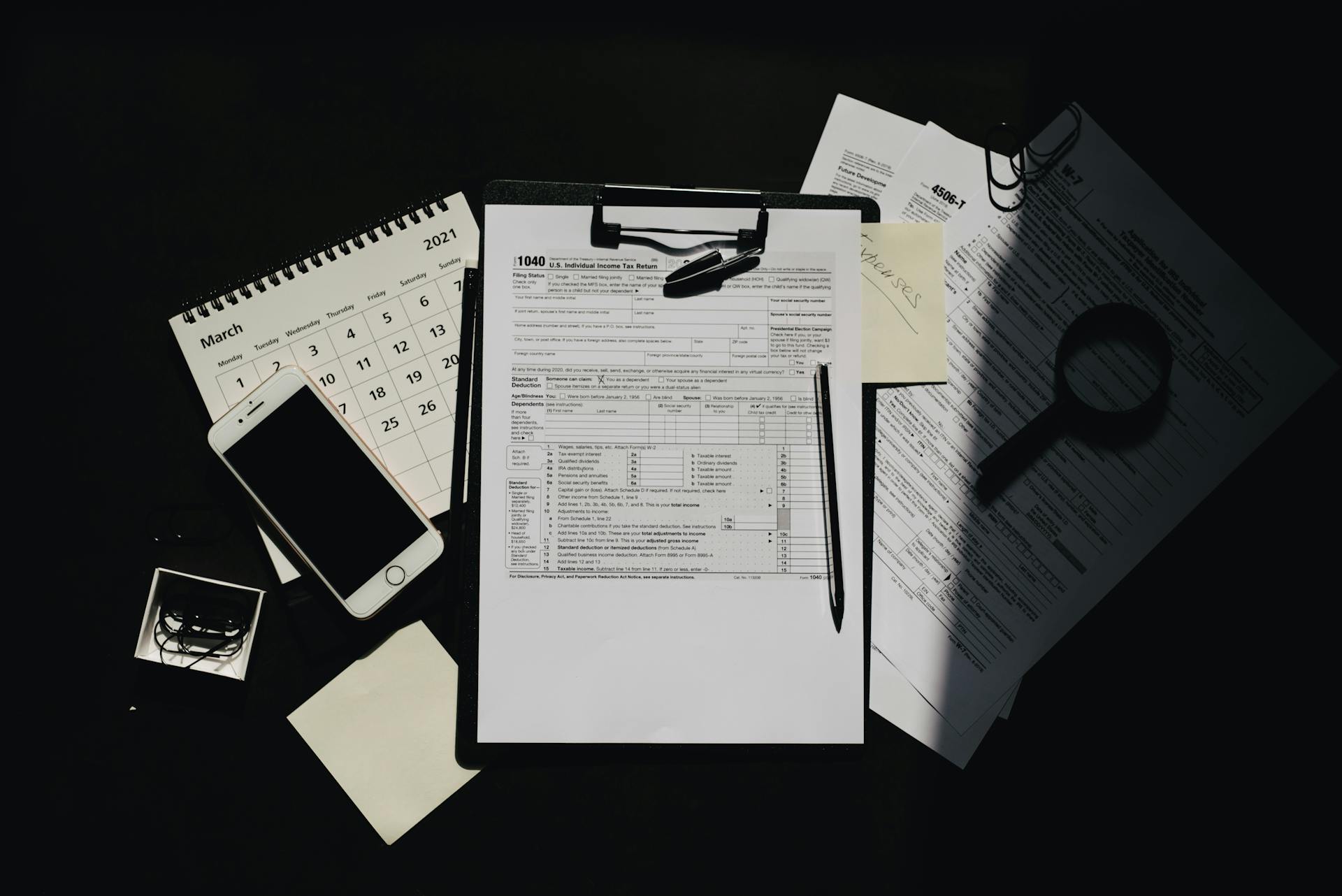
A financial audit report is a detailed examination of a company's financial statements to ensure accuracy and compliance with laws and regulations. This report is typically conducted by independent auditors who verify the company's financial information.
The audit process involves testing and evaluating the company's financial statements, including balance sheets, income statements, and cash flow statements. The auditors will also review the company's internal controls and procedures to ensure they are adequate and operating effectively.
A well-structured financial audit report should provide a clear and concise summary of the audit findings, including any material weaknesses or deficiencies identified during the audit. This report is essential for stakeholders, including investors, creditors, and regulatory bodies, to make informed decisions about the company's financial health and stability.
The financial audit report should also include recommendations for improvement and corrective actions to address any issues identified during the audit.
See what others are reading: How Is Treasury Stock Reported in the Financial Statements
Types of Audit Reports
There are four types of audit opinions: unqualified, qualified, adverse, and disclaimer of opinion. Each type reflects a different level of assurance and has distinct implications for the audited entity.
A clean report or unqualified opinion is issued when the auditor finds nothing wrong with the organization's financial reports and the company is fully compliant with GAAP rules.
A qualified report or qualified opinion is given when an organization's financial reporting doesn't comply with GAAP guidelines. This opinion can hamper attempts to bring in additional investors.
A qualified opinion is also issued when the auditor has identified material misstatements in the financial statements, but these misstatements are not pervasive.
The findings of an audit report can lead to different resolutions depending on what the auditor sees in the financial information.
Additional reading: When Analyzing an Investment Project Uncertain Future Cash Flows
Audit Process
The audit process is a crucial step in ensuring the accuracy and reliability of a company's financial statements. It's a multi-phase process that involves planning, execution, and finalizing the audit report.
The audit process typically starts with Phase I: planning of audit and design an audit approach. This phase is where the auditor accepts the client, performs initial planning, and understands the client's business and industry.
The auditor assesses the client's business risk, sets materiality, and assesses accepted audit risk (AAR) and inherent risk (IR). They also understand internal control and assess control risk (CR). This information is used to develop an overall audit plan and audit program.
During the audit process, the auditor reviews various financial information, including account balances and transactions, internal documents, commitments, and financial statements. They examine documentation of account balances and transaction history for each account covering the duration of the review period.
The auditor also reviews internal documents, such as policies and procedures documentation, financial reporting processes, personnel handbooks, accounting procedures, and security documents. They examine financial commitments, such as loans, lease agreements, employee benefits, and other liabilities the company must pay.
Once the audit is completed, the auditor must issue an audit report to accompany the client's published financial statements. This report is a highly subjective process that relies heavily on the auditor's professional judgment.
Here's a summary of the key steps in the audit process:
- Accept client and perform initial planning
- Understand client's business and industry
- Assess client's business risk
- Set materiality and assess accepted audit risk (AAR) and inherent risk (IR)
- Understand internal control and assess control risk (CR)
- Develop overall audit plan and audit program
Audit Responsibilities
An auditor's main responsibility is to give a true and fair view about whether the financial report complies with the accounting standards.
The auditor must conduct their audit in accordance with auditing standards, which ensures a thorough and unbiased review.
To maintain their independence, auditors must give the directors and auditor's independence declaration and meet independence requirements.
Auditors are also required to report certain suspected contraventions to ASIC.
Here are the key responsibilities of an auditor in a nutshell:
- Give a true and fair view about whether the financial report complies with the accounting standards
- Conduct their audit in accordance with auditing standards
- Give the directors and auditor's independence declaration and meet independence requirements
- Report certain suspected contraventions to ASIC
Audit Reports
An audit report is a crucial part of a financial audit, providing a detailed analysis of a company's financial performance and compliance with Generally Accepted Accounting Principles (GAAP) guidelines.
The type of audit report depends on the findings of the auditor, which can range from a clean report to an adverse opinion. A clean report, also known as an unqualified opinion, indicates that the auditor found nothing wrong with the organization's financial reports and the company is fully compliant with GAAP rules.
Curious to learn more? Check out: Clean Surplus Accounting
A qualified report, on the other hand, means that the auditor found some non-compliance with GAAP guidelines, which can hamper attempts to bring in additional investors. The auditor will also explain where the company must improve to raise its financial status.
An adverse opinion or audit report is the most severe type, indicating that the organization is noncompliant with GAAP reporting guidelines or their financial statements clearly misrepresent their assets and liabilities.
Here are the different types of audit reports:
An adverse audit report can make investors and other stakeholders aware of potential fraud, providing an opportunity to address certain issues before they cause more serious problems.
Audit Types and Reports
There are four types of audit opinions: unqualified, qualified, adverse, and disclaimer of opinion. Each type reflects a different level of assurance and has distinct implications for the audited entity.
A clean report or unqualified opinion is the most favorable outcome, where the auditor finds nothing wrong with the organization's financial reports and the company is fully compliant with GAAP rules.
The findings of an audit report can lead to different resolutions depending on what the auditor sees in the financial information, which can result in a qualified, adverse, or disclaimer of opinion.
You can think of audit reports like a report card for a company's finances, with an unqualified opinion being an A+, a qualified opinion being a B-, and an adverse opinion being an F.
Here are the different types of audit reports in a nutshell:
- Unqualified opinion: A clean report with no issues.
- Qualified opinion: An issue found, but it's not material.
- Adverse opinion: A significant issue that affects the financial statements.
- Disclaimer of opinion: The auditor can't express an opinion due to lack of information.
The Four Types
There are four types of audit opinions: unqualified, qualified, adverse, and disclaimer of opinion. Each type reflects a different level of assurance and has distinct implications for the audited entity.
A clean report, also known as an unqualified audit opinion, means the auditor found nothing wrong with the organization's financial reports and the company is fully compliant with GAAP rules. This is the most favorable outcome for the audited entity.
A qualified audit opinion occurs when the auditor finds some issues with the financial reports, but they are not significant enough to prevent the auditor from expressing an opinion. In this case, the auditor will issue a qualified opinion, highlighting the issues found.
Consider reading: Truist Financial Reports Q3 2024 Earnings.
An adverse audit opinion is issued when the auditor finds significant issues with the financial reports, and the company's financial statements are not reliable. This is a serious outcome for the audited entity, as it can damage their reputation and credibility.
A disclaimer of opinion is issued when the auditor is unable to express an opinion on the financial reports due to a lack of sufficient evidence or information. This can happen when the auditor is unable to obtain the necessary documentation or when the company's financial records are incomplete.
Consider reading: Publicly Traded Companies Financial Reports
Origins of
The origins of audit types and reports date back to ancient civilizations, where merchants and traders would verify the accuracy of financial transactions to prevent fraud.
The first recorded audit was conducted in ancient Babylon around 2500 BC, where scribes would review and verify financial records to ensure accuracy and fairness.
Audit types and reports have evolved significantly over time, with the development of more sophisticated accounting systems and regulatory requirements.
The first audit reports were likely simple summaries of financial transactions, but they have since become more comprehensive and detailed, often including opinions and recommendations.
Audits have become an essential tool for businesses and organizations to ensure transparency, accountability, and compliance with regulatory requirements.
Readers also liked: Truist Financial Reports Mixed Q1 Numbers.
Frequently Asked Questions
What are the 5 financial statements in the audited report?
For-profit businesses typically have four primary financial statements: balance sheet, income statement, statement of cash flow, and statement of changes in equity. Nonprofit entities use similar statements, but with different names and information.
Featured Images: pexels.com


